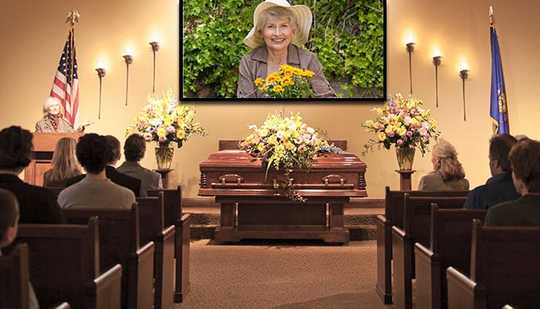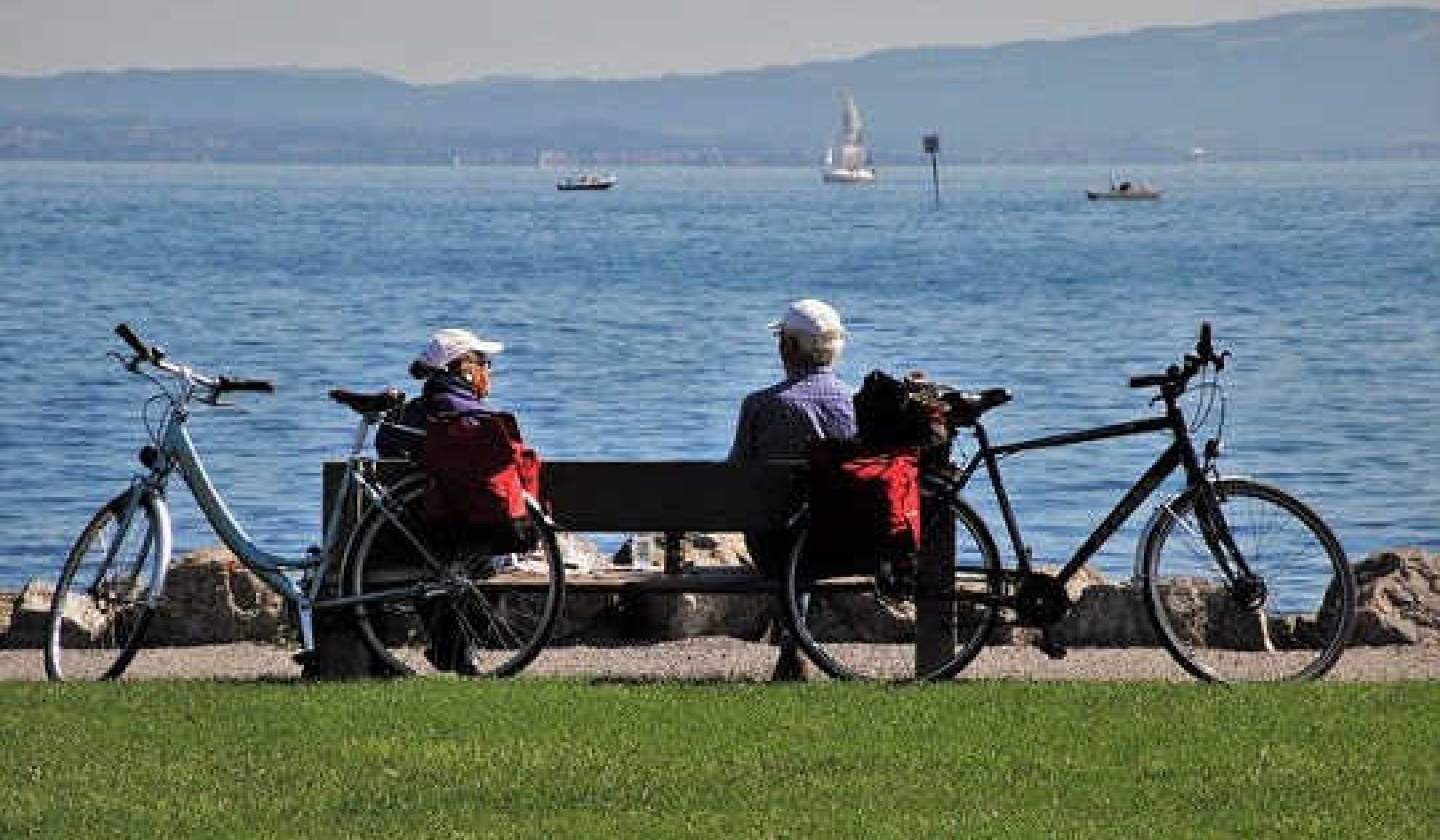
As I write this, the UK government has just announced that 13,729 people have died in hospitals from COVID-19. Care England estimates more than 1,400 people have now died in care homes. As you read this, those appalling figures will have grown. The national medical director, Stephen Powis, has said that if the UK death tally comes in below 20,000, “we will have done very well”.
As a result, a wave of grief will swell in the coming months, with more and more people experiencing a close bereavement related to COVID-19. The disease brings new challenges in caring for patients and supporting their family and friends. A particularly cruel one is that patients must be isolated to control the spread of infection.
Since a patient’s loved ones are often unable to accompany them to hospital, and because patients with COVID-19 can deteriorate quickly, it is really important that we have conversations about advance care planning and document our preferences. This is crucial for older people and those with pre-existing conditions.
With an advance care plan in place, relatives and clinicians have a much clearer idea what the patient would want medically, even if they are too unwell to express it. This translates into a better bereavement process for relatives, should the patient die.
Up to now, visiting patients seriously ill with COVID-19 has been impossible for many, and I have heard anecdotal evidence of varying practice across hospitals and care homes. Some are allowing family members to see a patient – one at a time, and wearing personal protective equipment (PPE) – but others are not able to.
Although it is time-consuming to dress relatives in PPE, and risks contamination, if relatives are not in a high-risk category, in quarantine or unwell themselves, even a short visit of about 15 minutes could make a world of difference. Not being able to say goodbye has been identified as a cause of “complicated grief” among bereaved relatives. Health Secretary Matt Hancock’s recent statement that new steps will be taken to allow goodbyes “wherever possible” is therefore welcome – but will require far better access to testing and PPE, both of which remain problematic.
Where visits are not possible, the use of smartphones, tablet computers and other forms of connection can also be a great comfort in enabling patients to communicate with friends and relatives. Some clinical services are even asking for donations of technology to help support these virtual methods of contact.
But great sensitivity is required. Clinicians from a Swiss hospital have cautioned against the use of virtual contact with families when a patient is dying, due to the distress this can cause. Research with bereaved family members has also found that witnessing a death in an ICU may be associated with greater symptoms of post-traumatic stress disorder.
Grieving alone
Grieving alone is a uniquely difficult, unnatural feature of bereavement due to COVID-19. A common impulse in the depths of grief is to seek comfort in the arms of close family members and friends, yet COVID-19 can make this impossible. As Susannah Kraft Levene, the wife of a London rabbi who died after contracting coronavirus, described so movingly, the bereaved are often finding themselves in social isolation.
But those who are grieving, and their friends, families and communities, should be encouraged to reach out to others however they can – online, by telephone or by writing letters. For while these methods can never replace face-to-face interaction, they can be an effective way of showing love and care.
Although family, friends and existing networks are the foundation of support during bereavement, formal bereavement services play a crucial role too. Many British bereavement charities have made Herculean efforts in adapting their work.
Bereavement support is available via email, telephone, mobile apps, web forums, and virtual peer-support meetings. We know some people don’t feel comfortable asking for help, so a wide range of services is crucial.
Funerals in isolation
Also on the practical side, coronavirus and social distancing measures have brought about significant restrictions to funeral services which will affect bereaved relatives’ ability to mourn. But many funeral directors are doing everything they can to help.
There are online resources on how to organise funerals during the coronavirus crisis which are meaningful for both adults and children. Guidance on religious funerals in the context of COVID-19 is available from the official sites of the Church of England, the Catholic Church for England and Wales, the Muslim Council of Britain and the Jewish Joint Burial Society.
Ways to bring in others who are not there in person include live streaming or recording facilities and circulating the order of service, music and poems. People who are bereaved over the coming months might want to organise a simple service at this stage and arrange a memorial or celebration service later. It is important to bring people together to remember and celebrate the person who has died, even if that occasion has to be delayed.
{vembed Y=bh1qaubkAKQ}
We can all play our part in supporting the bereaved by recognising and acknowledging their loss. Speaking to people who have lost loved ones and offering condolences is so important. In a recent survey, half of respondents reported being scared of “saying the wrong thing” to a bereaved person. One in two said they didn’t know what support to offer, while one in four avoid talking to somebody about their bereavement.
These attitudes can make bereavement even more isolating. As COVID-19 progresses over the coming months, our personal, professional and collective compassion will be put to the test. But with open hearts, a willingness to connect, and the courage to acknowledge and express grief and sorrow, we can help our communities heal.![]()
About The Author
Lucy Selman, Senior Research Fellow, University of Bristol
This article is republished from The Conversation under a Creative Commons license. Read the original article.
books_death
























